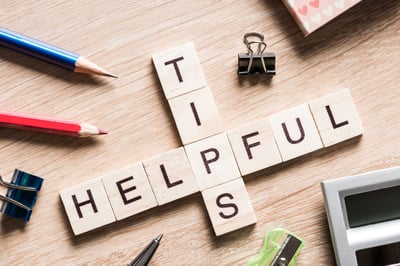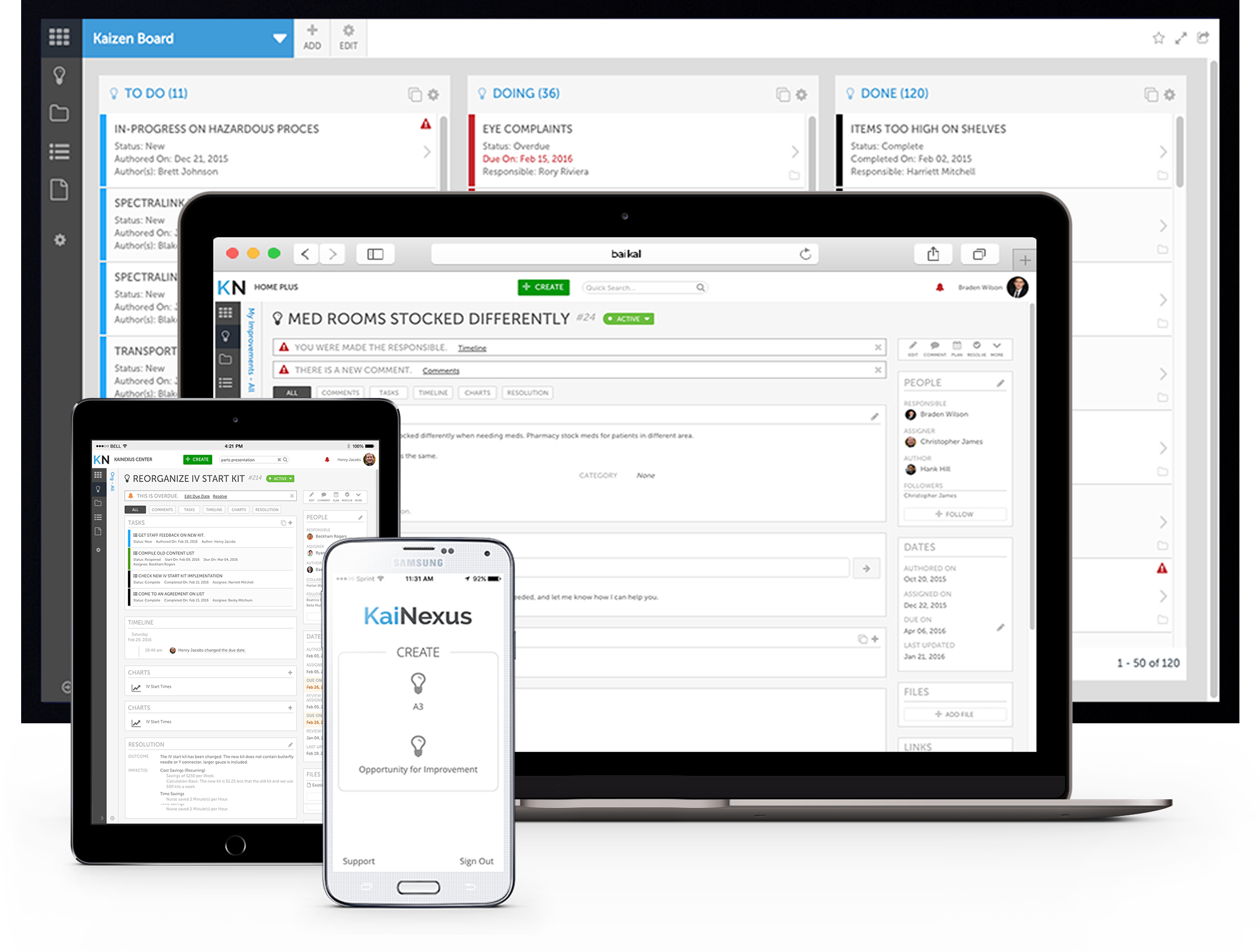 Kaizen events, also called rapid improvement events, are an excellent way to tackle some of your organization’s trickiest challenges. During a Kaizen event, a small team dedicates 100% of their time for a period of three to five days to dig into the root cause of a problem, identify possible solutions, conduct an improvement cycle, and document their results. Because so much valuable time is devoted to the process, you must get the most out of every use of this CI technique. Here are a few ways to make sure your next event is a huge success.
Kaizen events, also called rapid improvement events, are an excellent way to tackle some of your organization’s trickiest challenges. During a Kaizen event, a small team dedicates 100% of their time for a period of three to five days to dig into the root cause of a problem, identify possible solutions, conduct an improvement cycle, and document their results. Because so much valuable time is devoted to the process, you must get the most out of every use of this CI technique. Here are a few ways to make sure your next event is a huge success.
1. Pick the Right Problems
Kaizen events are not the best tool for every challenge. Some process flaws don’t require such a significant deployment of resources and can be tackled with incremental improvement or a short PDSA cycle. Others are so complex and cross-functional that a few days won’t be sufficient for an effective resolution. Look for important problems that have a significant impact, but that aren’t massively complex.
2. Get Executive Support and Buy-In
Kaizen events are a big deal. If your team is focused on a particular process for a few days, they aren’t doing their regular work, and without executive support, this can be a problem. Executives are also helpful when other types of resources are needed, or roadblocks arise.
3. Use a Trained Facilitator
Kaizen events are a team sport, but they require someone to lead the group and keep the forward momentum going. A trained facilitator knows how to delegate responsibilities, guide the team through the necessary documentation, and ensure accountability. Some organizations make this training available to employees in-house; others hire consultants to fill this role.
4. Assemble a Strong Team
Spend quite a time thinking about who should be assigned to this Kaizen event. In addition to the facilitator, you’ll want to include process operators and their supervisors. Beyond that, it may help to have subject matter experts, customers of the process, and suppliers to the process. It is always a great idea to include one or two people who have never done a Kaizen event just to help get them some experience.
5. Have Well-Defined Goals and Scope
Sometimes the desired state is known in advance of the event, and sometimes defining the end state is part of the project, but in either case, it should be clear exactly what the event is setting out to achieve. The scope of the project should be well-defined. Sometimes the best way to do this is to be clear about what adjacent processes or tasks will not be addressed during this Kaizen event.
6. Set an Agenda
You don’t have to be ridged about start and end times for each agenda item if the circumstances call for a revision, but you should start with a solid plan for how the event will unfold. Usually, the first day is used to document the current state and to discuss potential solutions. The next steps are to achieve consensus on what action to take, to implement the improvements, and to refine those improvements and develop standard work. Make sure you save time to provide training on the new standard, communicate the results of the event, and celebrate success.
7. Use Improvement Management Software
Yes, you can do a Kaizen event without software, but there are massive advantages to using technology to guide the process. CI software gives you a place to collect the event charter and all other supporting documentation. It allows employees to easily submit opportunities for improvement that are related to this project and ones that will be addressed at a different time. You’ll have a way to report on the impact of the event, and the ability to add to the organization’s body of knowledge.

8. Include a Follow-up Plan
There’s no sense in doing a Kaizen event if the process quickly reverts to the pre-event state. This is a sadly common result. Ensure that your improvements are lasting by setting some milestones for measurement and review. Are you still seeing the improved results after 30 days? How about 60? How about six months? These reviews will become low-priority unless there are ownership and accountability. This is another place where management software can help by setting up alerts and notifications for the review tasks.
9. Measure Impact
Leaders will probably be happy that you had a kaizen event, but what they really care about is what came out of it. Think broadly about how you can measure the impact of your event. You might see positive results beyond solving the initial target problem. Most people focus on financial impacts, and that’s important, but think about other measurements like customer satisfaction, quality, safety, and employee engagement.

10. Broadcast Success
Once you can quantify the impact of your event, make sure to share the results. Seeing one team or department tackle a problem can inspire others to do the same. When employees see other employees receiving recognition for their extra effort, they are more likely to participate when given a chance.
We think that Kaizen events have a big role to play in helping organizations drive ever closer to perfect processes with consistent results. If you incorporate these tips, we’re sure you’ll like what your team can accomplish.



Add a Comment